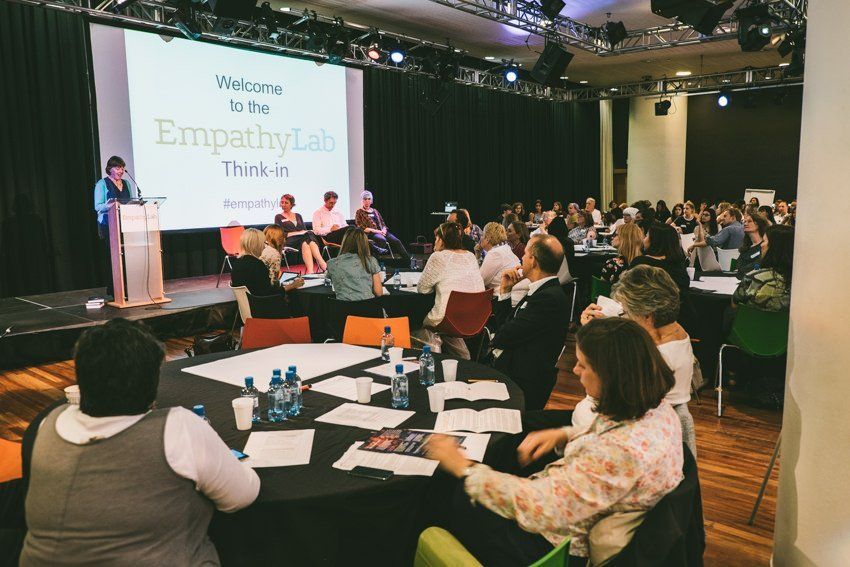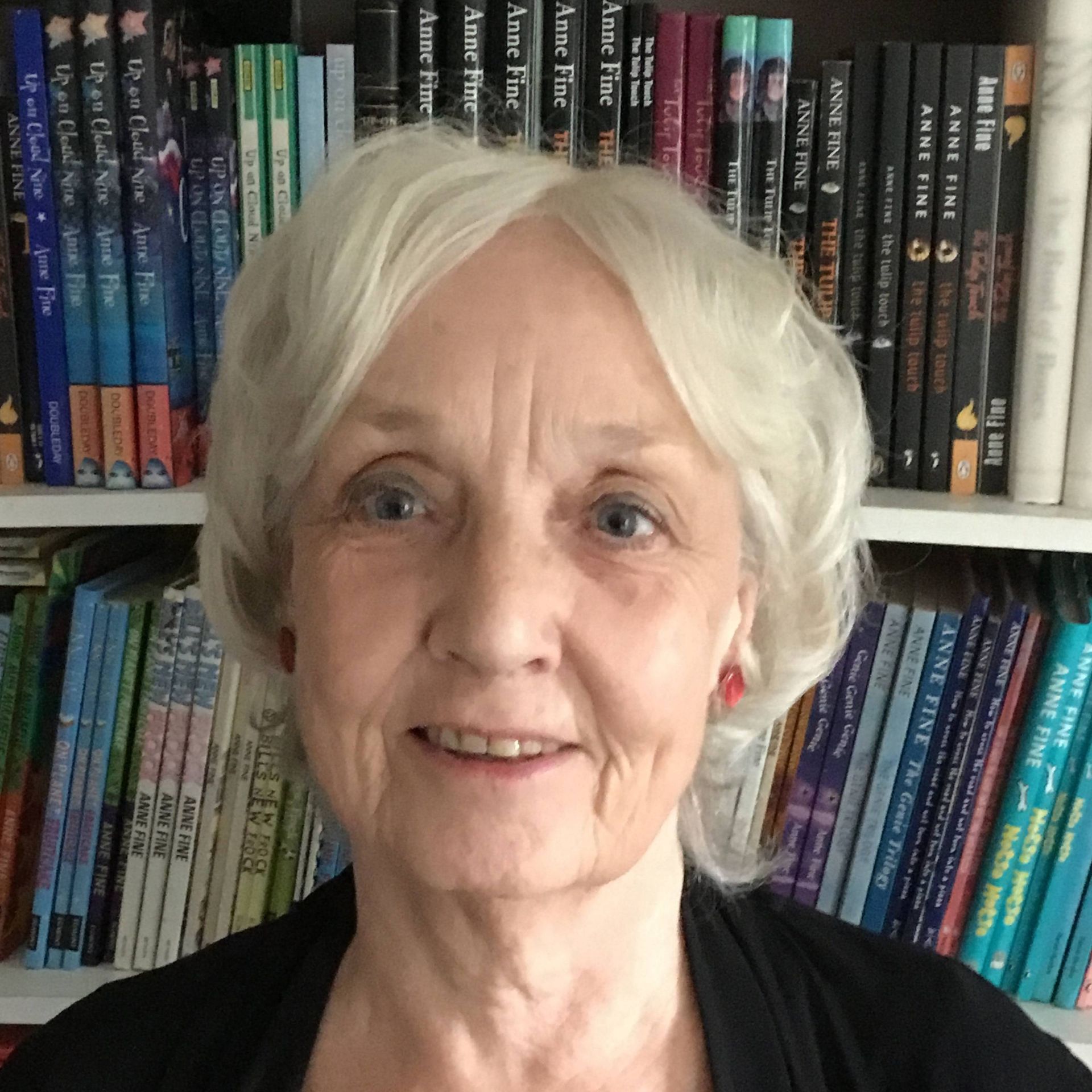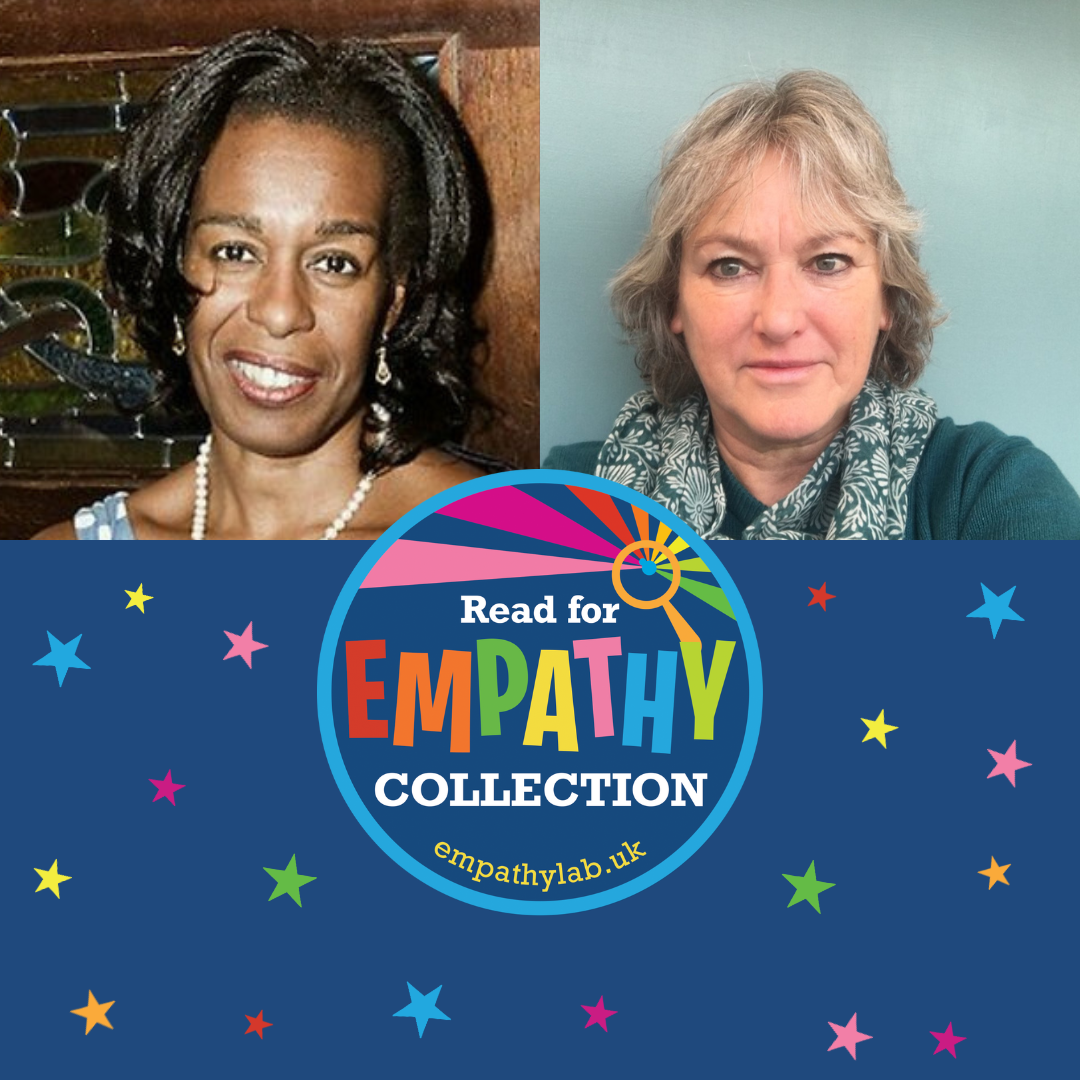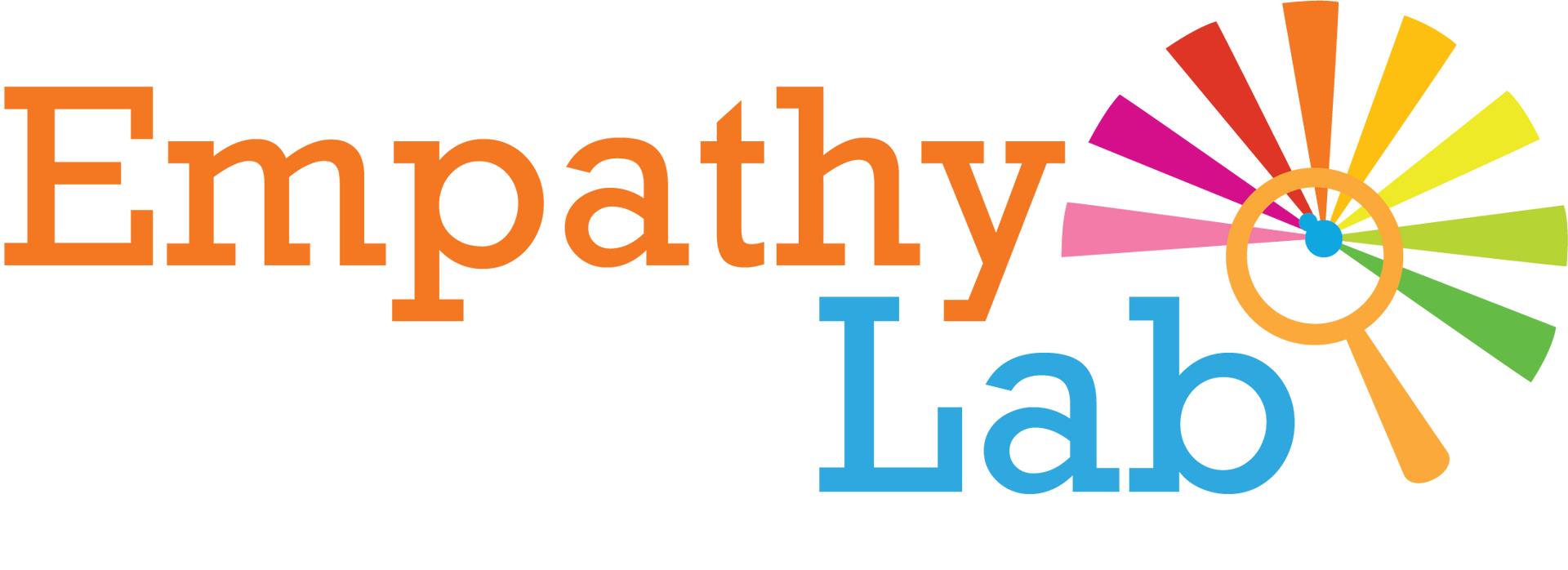THINK-IN THOUGHTS: TERESA CREMIN
- By EmpathyLab
- •
- 31 Jan, 2017
- •

Literature can make a difference. Reading allows young people to gather information about the world and how they fit into it, thus supporting their identity explorations and understanding of themselves and others (e.g. Appleyard,1990; Rothbauer, 2004; Arizpe, Colmer and Martínez-Roldán 2014). Reading literature distinctively excites and develops the imagination which is one of Robin Alexander’s (2010) key aims for the primary curriculum, in order that children can:
…advance beyond present understanding, extend the boundaries of their lives, contemplate worlds possible as well as actual, understand cause and consequence, develop the capacity for empathy, and reflect on and regulate their behaviour . . . [W]e assert the need to emphasise the intrinsic value of exciting children’s imagination. To experience the delights – and pains – of imagining, and of entering into the imaginative world of others, is to become a more rounded person (Alexander, 2010:199)
This statement, as Cliff Hodges (2010) observes, could equally apply to reading literature which, many would argue, is itself a key creative skill and one which can support children’s personal, social, and moral education, and can strengthen, challenge or alter the ways in which they see the world and engage with it (e.g. Landay and Wootton, 2012; Ross et al., 2006). Additionally, recent US research suggests that high quality literary fiction that requires intellectual engagement and creative thought, enables young readers to develop the complex social skill of ‘mind-reading’ in order to understand others’ mental states (Kidd and Castano, 2013).
Such empathy and mindfulness of others is a valuable personal and social asset, and is the developmental focus of EmpathyLab who plan to develop four community programmes across 2015-17. Yet despite the potency of children’s fiction, such as Shaun Tan’s The Arrival, Charlotte Moundlic’s The Scar or the award winning A Monster Calls by Patrick Ness, texts themselves do not necessarily move us beyond deep in-the-moment affective and empathetic engagement. What seems critical for the project work devised is the pedagogical context in which any such multimodal (and multimedia) texts are explored. The presence of others, (peers- artists- authors- teachers- parents and/or siblings), and the ensuing conversation and activities will help make the difference, enabling connections to be made and consequences to be realised. In classrooms and workshops, pedagogy is key to helping guide children’s thoughts and actions beyond the immediate context and to ensuring the development of imaginative innerstanding – of empathy. Understanding the pedagogies which foster this and the longer term impact on young people’s perspectives, compassion and actions is, in my view, at the core of the challenge ahead.
Teresa Cremin is Professor of Education at the Open University.
Find out more about EmpathyLab’s plans and join our network on LinkedIn – we’d love you to be part of the conversation.
Photo credit: Dan Chippendale
References
Appleyard, J. A. (1990) Becoming a reader: the experience of fiction from childhood to adulthood Cambridge: Cambridge University press.
Alexander, R. (2010) (ed) Children, their world and their education: final report and recommendations of the Cambridge Primary Review. London and New York: Routledge
Arizpe, E. Colmer, T. and Martínez-Roldán,C. (2014) Visual Journeys Through Wordless Narratives, London: Bloomsbury Academic.
Cliff–Hodges, G (2010) Rivers of reading: Using critical incident collages to learn about adolescent readers and their readership English in Education Vol.44(3 ) 180-199
Kidd, D. and Castano, E. (2013) Reading literary fiction improves theory of mind Science 342(6156) 377-390.
Landay, E. and Wootton, K. (2012) A Reason to Read: Linking Literacy and the Arts Cambridge MA: Harvard.
Ross, C.S. McKechnie, L. and Rothbauer, P.M. (2006) Reading Matters: What research reveals about reading, libraries and community Westport: Libraries Unlimited.

Why has the sheer importance of empathy come to the fore in recent years? Why do we care so much about a concept that had seemed to be left to itself for so long?
Perhaps because there has been so much change and upheaval for our young people in recent years, leaving so many isolated from what we might term ‘real’ contact with others. Lockdown was for many a disaster. The proliferation of phones hasn’t helped. Financially stretched families are often starved of time that can be spent in casual, easy, contact with one another.
So gaining an understanding of others from fiction has become more and more important. Children have always learned from the books and stories they are offered. From the fairy tales, children who lived in an elemental world without luxuries or social safety nets learned the virtues that were so necessary back then to survival: courage, resourcefulness, endurance, quick wits, kindness to strangers.
Our own young people live more tightly under separate roofs, and we have seen the language of books change accordingly - to Mum, the babysitter, playgroup, park, baby sister, Dad’s girlfriend, the bully, happy, worried, sad. It’s the language of relationships and emotions now, and understanding and compassion liberate. They have become the twenty-first century equivalent of Hansel and Gretel’s pebbles gleaming in the moonlight to show the way out of the dark forest.
Frank Flanagan once said good writers “structure, explain and evaluate the experience of childhood and empower the child to come to terms with it. They enable the child to lead a full life."
How? Partly by quite unconsciously increasing self-knowledge and self-awareness. A young reader can’t help but see characters in books unconsciously as if in a mirror. "I'm not like that." "I worry about that too." "I would have been braver”, “slower to catch on”, “tempted to be more mean”. And when this sense comes of no longer being the only one in the world to have this problem, or to feel that way, the child not only comes to realise that they are not alone, but also to gather insights into how other people deal with the same worries or tackle the same problems. In short, they learn, vicariously, how other people tick.
We have so many young people who, it seems, sometimes as a result of their upbringing, often simply by nature, have somehow failed to acquire the tools to begin to think about their own situation. Through fiction they can often begin, safely, to explore the more subtle aspects of life around them - an insight into someone else's life. A child can share desk space with someone else all year and yet learn less about them than about a character in one short book that’s read to them at night. I try to show this in my novel On the Wall , where, over the school year, Finley’s quite exceptional gift for tranquillity and self-acceptance in an anxiety-inducing world causes one fellow pupil after another to look more deeply into themselves, and learn how to rebalance their own way of thinking to become, in the process, calmer, happier, or more accepting.
We all want, for our young people, peace of mind. An excellent start is to explore Lauren Child's wonderful 'Staring into Space' project: https://staringintospace.me/
Then, steep them in fiction. And where better to find the
best than at the EmpathyLab itself?
You can purchase Anne's book, On the Wall,
here

The collection consists of 65 books for 3-16 year olds, each chosen for its unique contribution in building young people’s empathy.
The primary collection for 3-11 year has 40 books; the secondary collection features 25 books for 12-16 year olds.

